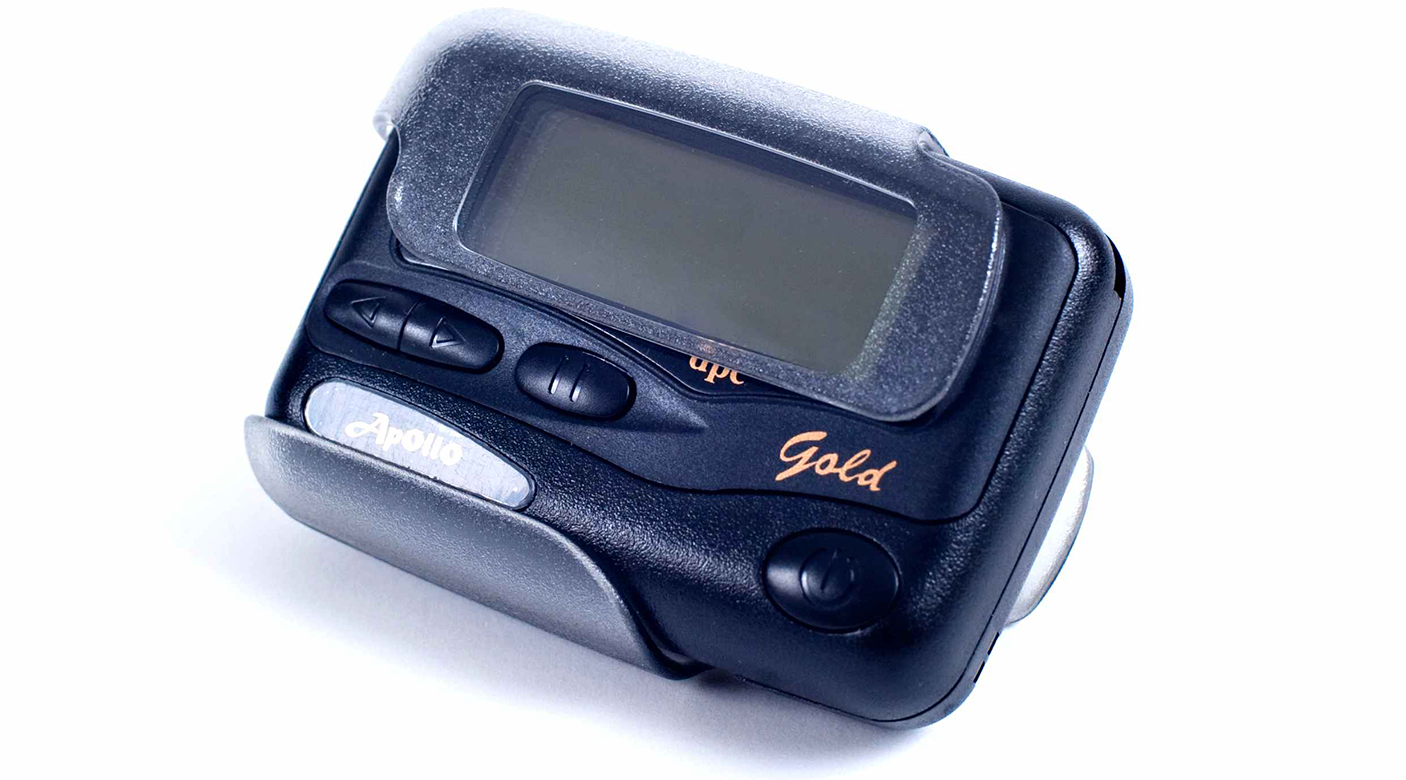Introduction
Wireless POCSAG (Post Office Code Standardisation Advisory Group) paging notification is a communication technology that continues to be popular in senior care communities, especially in the United States. This technology is used to notify healthcare staff about resident needs, emergency situations, and other critical information. However, healthcare communities (including senior care communities) must comply with the Health Insurance Portability and Accountability Act (HIPAA) regulations, which set strict guidelines for protecting patient information. This white paper will examine the use of wireless POCSAG paging notification in healthcare communities, including how it relates to HIPAA compliance.
What is Wireless POCSAG Paging Notification?
Wireless POCSAG paging notification is a communication technology that enables healthcare communities to send messages to pagers worn by healthcare staff. The technology works by sending a message from a central computer to a transmitter, which sends the message to pagers worn by staff. The pagers vibrate or emit a sound to alert the staff to the message. You may be familiar with products implementing POCSAG including: Comppage, Apollo, Waveware, and Scope.
Benefits of Wireless POCSAG Paging Notification in Healthcare Communities
There were many benefits to using wireless POCSAG paging notification in healthcare communities. First, it allows staff to respond quickly to patient needs and emergency situations. This can improve patient outcomes and save lives. Second, it can improve communication among staff members, which can increase efficiency and reduce errors. Third, it can reduce noise levels in healthcare communities by eliminating the need for overhead paging systems. Finally, it can reduce the need for staff to carry around bulky communication devices, such as walkie-talkies.
Unfortunately, POCSAG systems in common use were not designed to meet HIPAA requirements. Some systems have added features, but these often lack backwards compatibility, and are often more expensive than other technologies.
HIPAA Compliance and Wireless POCSAG Paging Notification
HIPAA regulations require healthcare communities to protect patient information. This includes both electronic and non-electronic forms of patient information. Healthcare communities must ensure that patient information is only accessed by authorized individuals and that it is kept confidential.
Wireless POCSAG paging notification can be used in a HIPAA-compliant manner. First, healthcare communities must ensure that the pager numbers are not linked to personal information. This can be accomplished by using randomly assigned pager numbers or by linking the pager number to a department rather than an individual. Second, healthcare communities must ensure that the messages sent via the paging system do not contain any patient-specific information. This can be accomplished by using standardized codes or abbreviations that are not easily identifiable by unauthorized individuals. It is the responsibility of the healthcare communities to ensure that paging messages do not contain any protected patient information.
A HIPAA risk analysis is an evaluation of potential risks and vulnerabilities to protected health information (PHI) within an organization. The analysis should identify potential threats to the confidentiality, integrity, and availability of PHI and assess the likelihood and impact of those threats.
Here are some steps to conduct a HIPAA risk analysis with a focus on Wireless POCSAG:
1. Identify the personal information broadcast in the paging notifications. This includes direct personal information (names, etc.) and indirect items that can be linked to personal information (room numbers, etc.). Inspection of paging reports and logs may be useful.
2. Identify health information broadcast in the paging notifications. Standard call types (Code blue, Emergency, Duress, etc.) may carry limited health information, but other standard or custom wordings used at the community should be inspected (Incontinence, alarms related to specific medical equipment in use, etc.). Call history reports, and paging reports may be useful.
3. Identify threats and vulnerabilities. For paging, the broadcast information is typically not encrypted, and is often broadcast beyond the site borders – possibly miles. Inexpensive radios can easily be used to listen in, and result in breaches of the PHI.
4. Access risks. Communities located in rural areas can expect fewer opportunities for eavesdroppers, compared with an urban location. High powered paging transmitters have a much larger broadcast area. Types of personal and health information broadcast also impact risk. Other controls implemented at a community will impact risk. Each community is unique and should be considered individually.
5. Implement safeguards: This can include removing or limiting personal or health information, using other notification methods that do not broadcast offsite, encrypting the PHI, or otherwise reducing the disclosure risk, without impacting resident safety.
6. Continuously monitor and update: Continuously monitor the effectiveness of the security measures and update them as needed. This includes implementing new measures when new threats emerge. Note that these steps are an outline only, and your unique situation is not covered. You should consider use of other technologies beyond a Wireless POCSAG paging notification system. You should also involve your own staff and HIPAA legal and compliance resources.
It is important to conduct a HIPAA risk analysis on a regular basis and document the results. This will help demonstrate compliance with HIPAA regulations and show that the organization is taking the necessary steps to protect PHI.
Conclusion
Wireless POCSAG paging notification is a valuable communication technology that can benefit healthcare communities. However, healthcare communities must ensure that they are using this technology in a HIPAA-compliant manner. By following the guidelines outlined in this white paper, healthcare communities can use wireless POCSAG paging notification to improve patient outcomes, increase efficiency, and protect patient information.
Limiting the PHI may impact the usability and have a safety impact on senior care community residents. Alternative technologies have the privacy needed, while allowing similar ease of use. The Vigil Mobile solution is one such technology.
Contact ASSA ABLOY Global Solutions Senior Care North America sales (sales@vigil.com) or support (support@vigil.com) for assistance in reducing your HIPAA risks.

